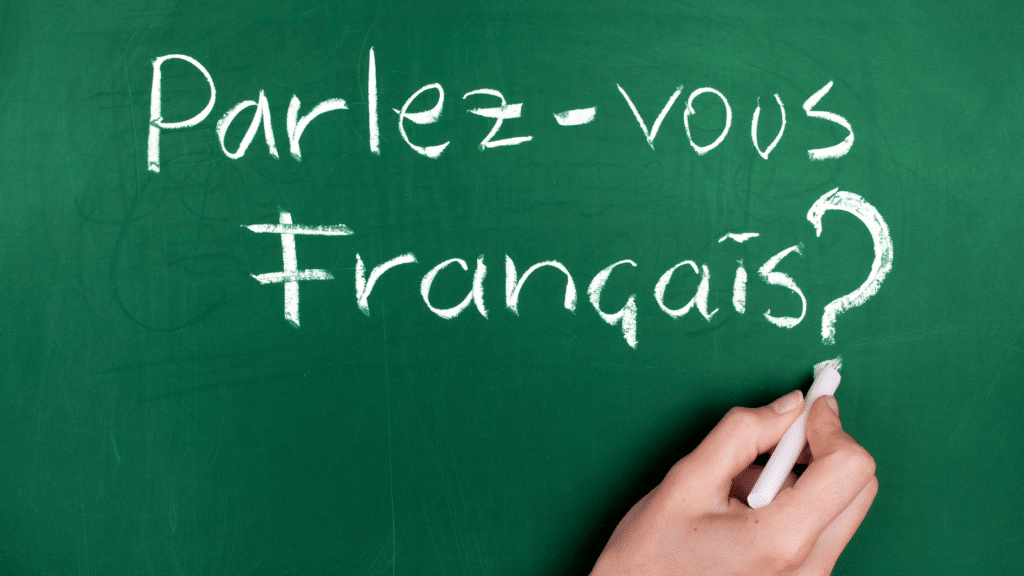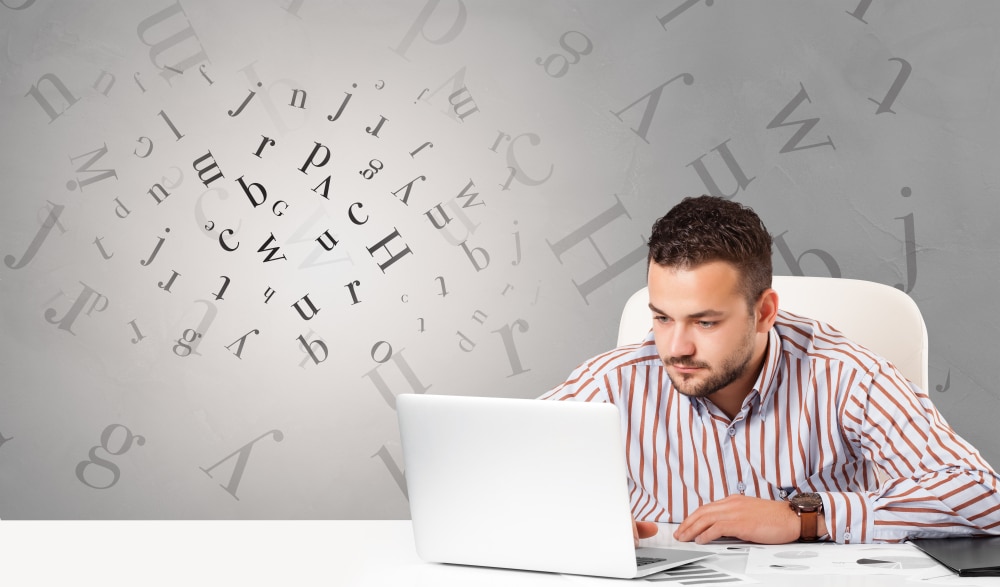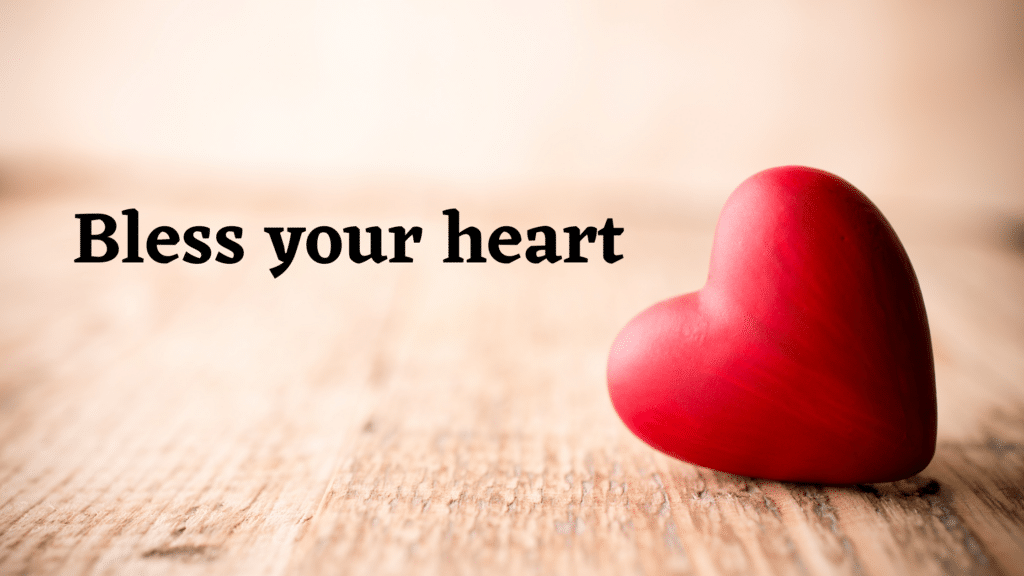
Starting a Conversation in French
When starting a conversation in French, you must always start with a greeting. Verbal and nonverbal greetings are an integral part of the French culture.
 Nonverbal Greetings
Nonverbal Greetings
In the United States, the extent of nonverbal greetings is generally the wave of a hand or the nod of a head to acknowledge the other person’s presence. In France, there is an additional type of nonverbal greeting which is shared by their Spanish-speaking counterparts: a kiss. This does not usually mean that lips come in contact with other person’s skin at any time. The French cultural greeting involving a kiss is called la bise and is generally only shared between friends and family. The kiss is an air kiss on both cheeks. You simply place your cheek on the other person’s cheek and make a brief kissing sound. You will then do the same thing on the other cheek. Depending on the region of France you are in, you might start on the left cheek, or you might start on the right. Make sure you know which one you should be starting on, or you might accidentally end up giving them an American kiss. Believe it or not, even coming close to doing that is quite embarrassing.
 Verbal Greetings
Verbal Greetings
Just as you should use different nonverbal greetings with friends vs. acquaintances, so is the case with verbal greetings. In English, you might use sir or ma’am to be more formal and show respect. In French, you use a completely different word for you and a different form of the verb when speaking to someone you are not familiar with or to show respect/be polite. And you might even use a completely different expression altogether. The one French word you likely know, bonjour, is actually an example of an expression that is used in formal contexts. You should use bonjour as a greeting anytime you enter an establishment. For example, use it to greet shopkeepers, taxi drivers, wait staff at restaurants, etc. It means hello but also good morning. Use your manners and greet those you meet with bonjour. For a more informal greeting with friends and young people, you can use salut. Salut can be used when you arrive to say hi and when you leave to say bye. For the more formal way to take your leave, use au-revoir (goodbye).

Asking More
So, you have nonverbally greeted and verbally greeted. To expand the conversation, you will need to start asking questions. As a beginner, these questions will be basic small-talk questions. Even so, you will need to carefully select your question format so as to use the proper language to address the person with whom you are speaking. Not doing so could be misconstrued as rude or could earn you a loss of French-speaking privileges (aka the French-speaker will switch to English, and your French conversation will be over). In order to ask someone who you are just meeting how they are doing, you need to use the formal expression comment allez-vous? This question is used to a person you are not close with as well as to a group of people. If you are familiar and friends with the person you are asking, you can use the expression comment ça va or simply ça va? The answer to both the formal and informal questions is either ça va bien (it’s going well) or ça va mal (it’s going badly).
 Want to learn more phrases for starting a conversation in French? Follow this link.
Want to learn more phrases for starting a conversation in French? Follow this link.





Responses